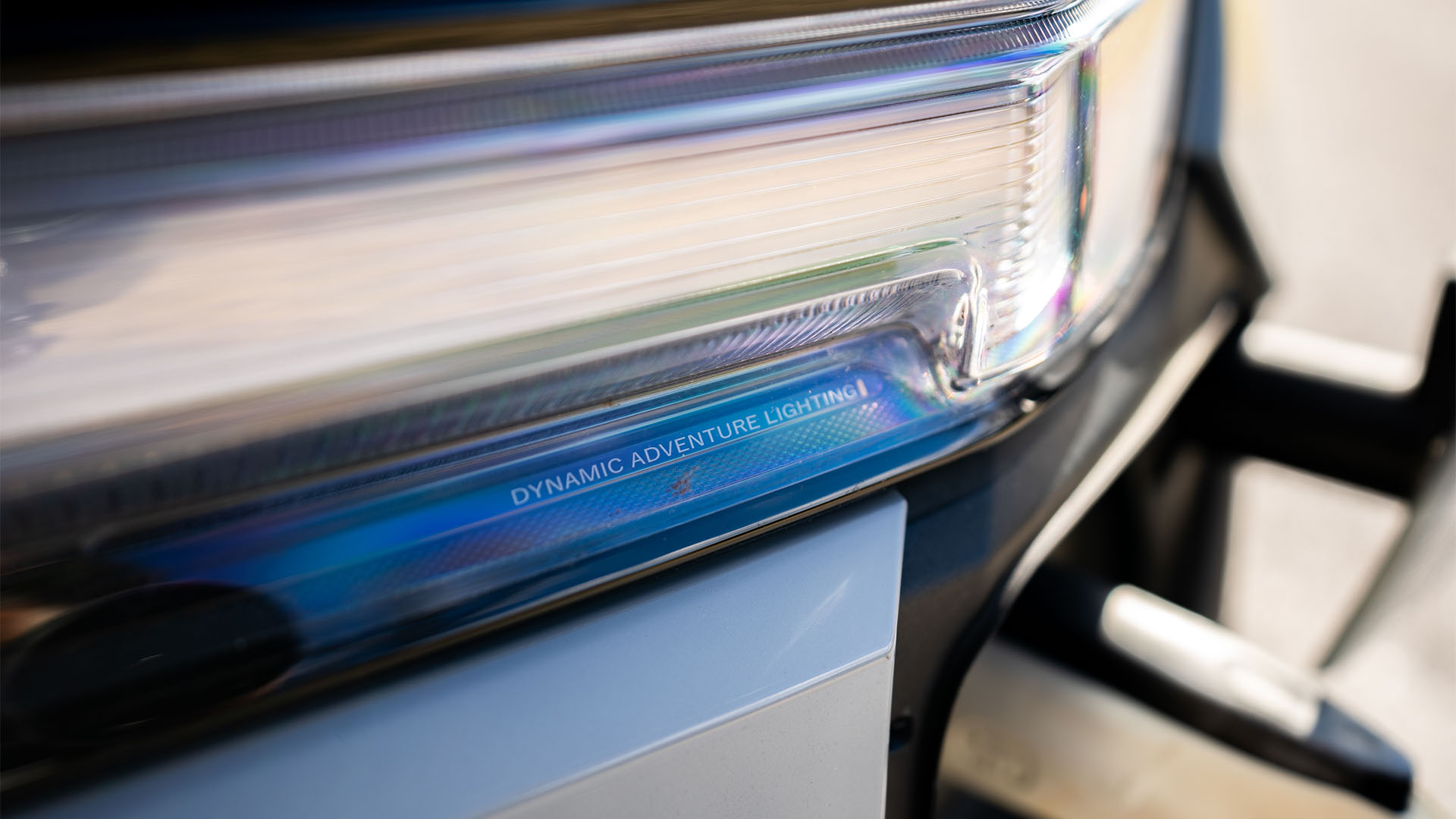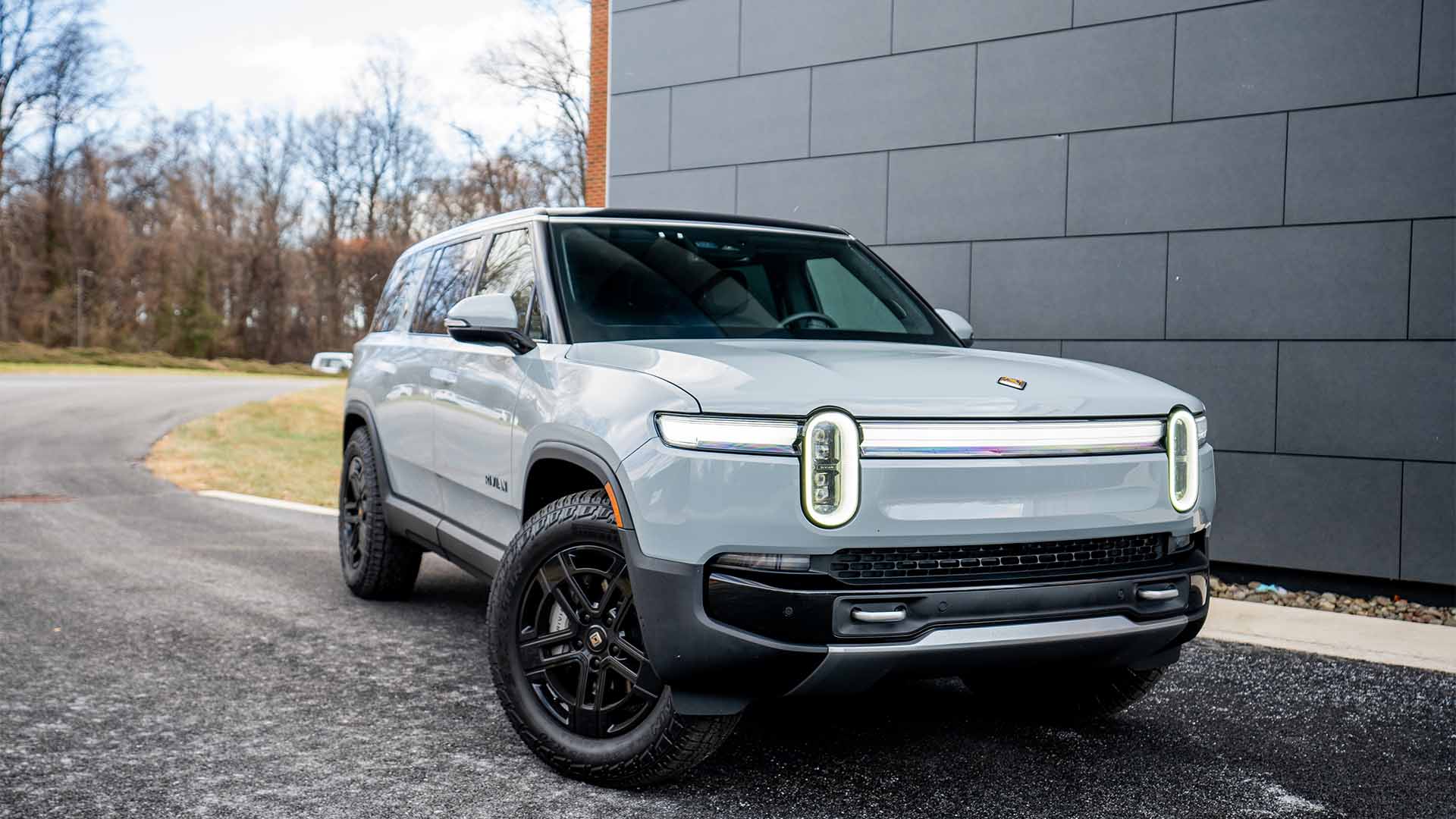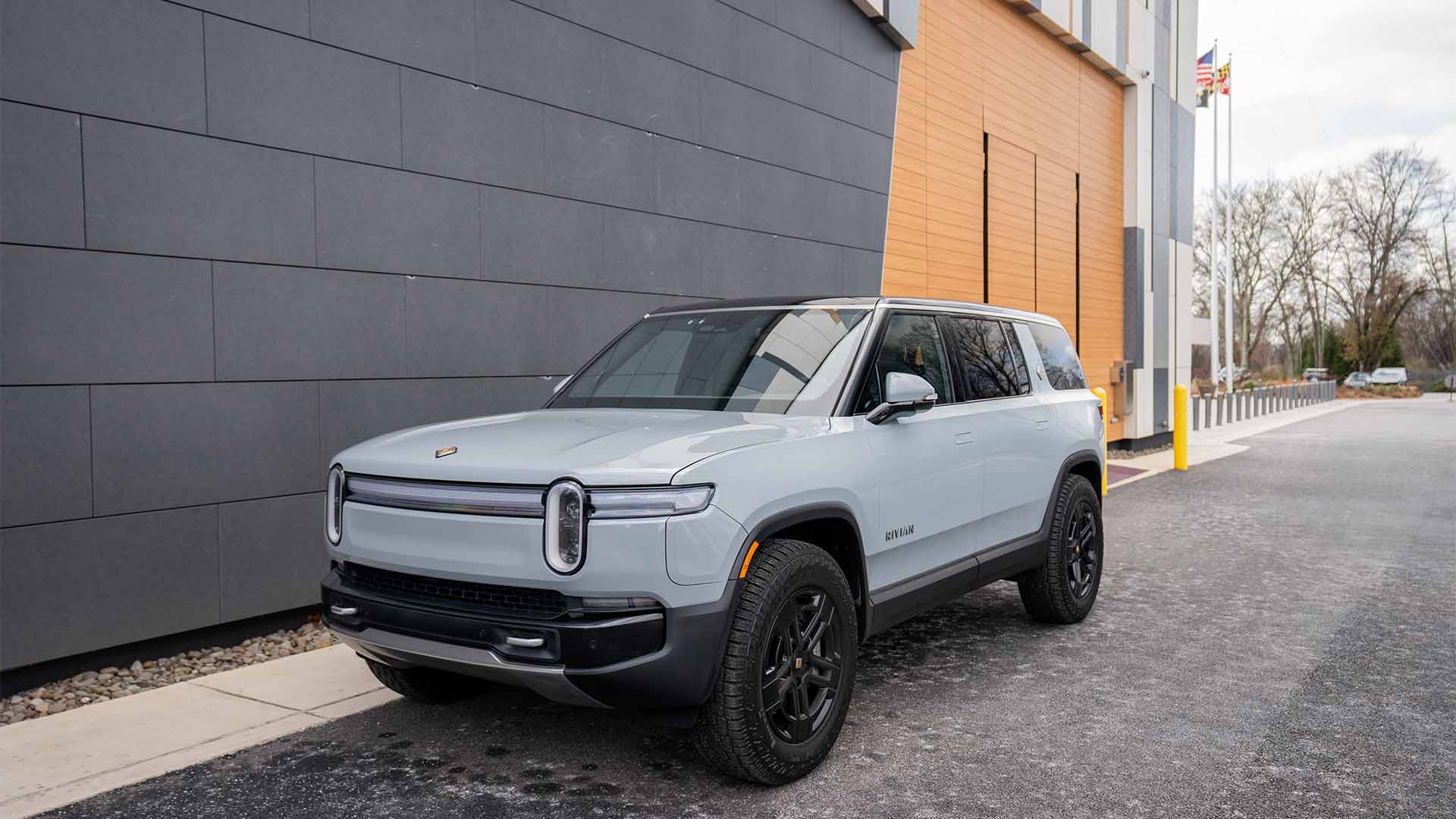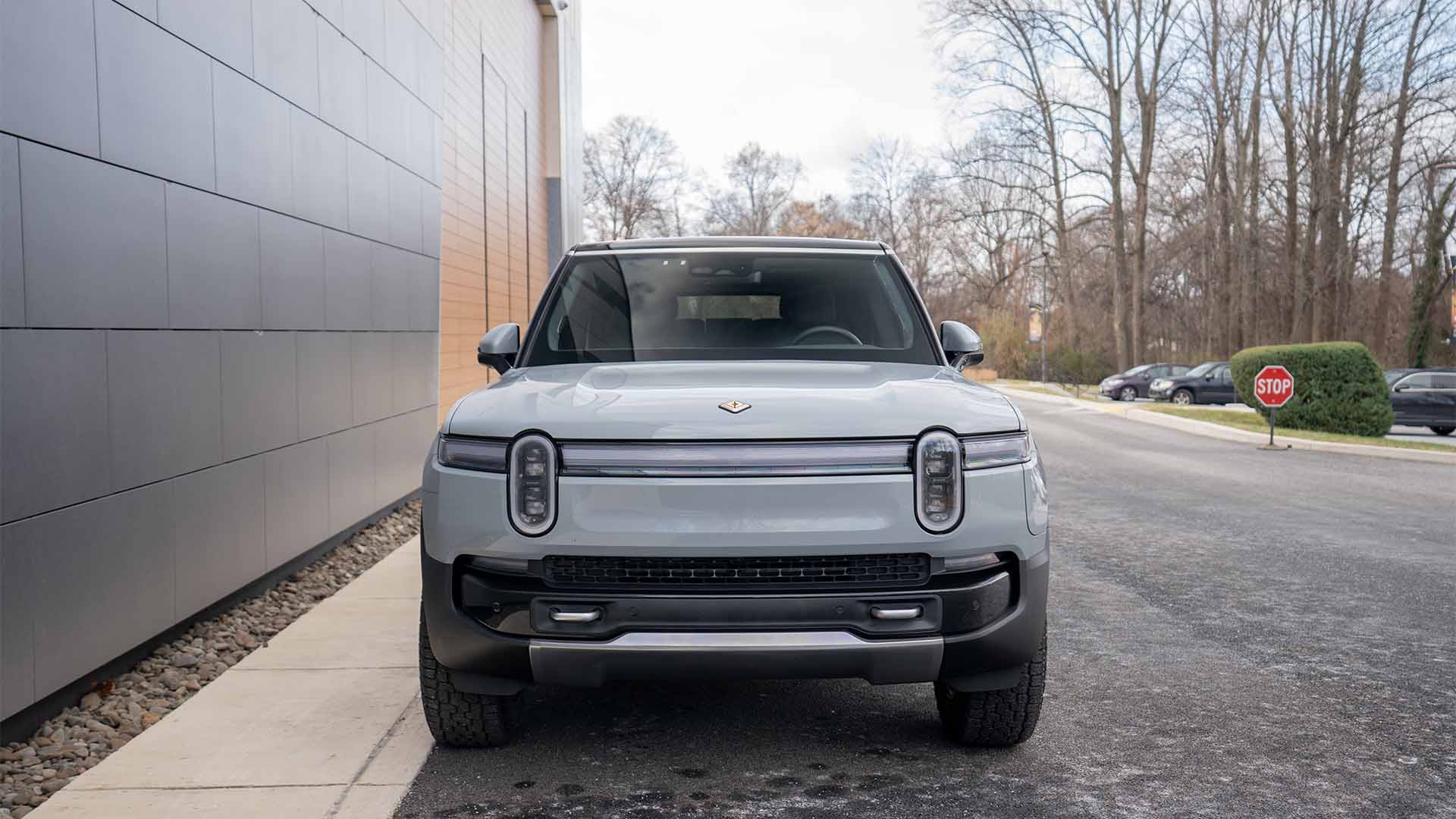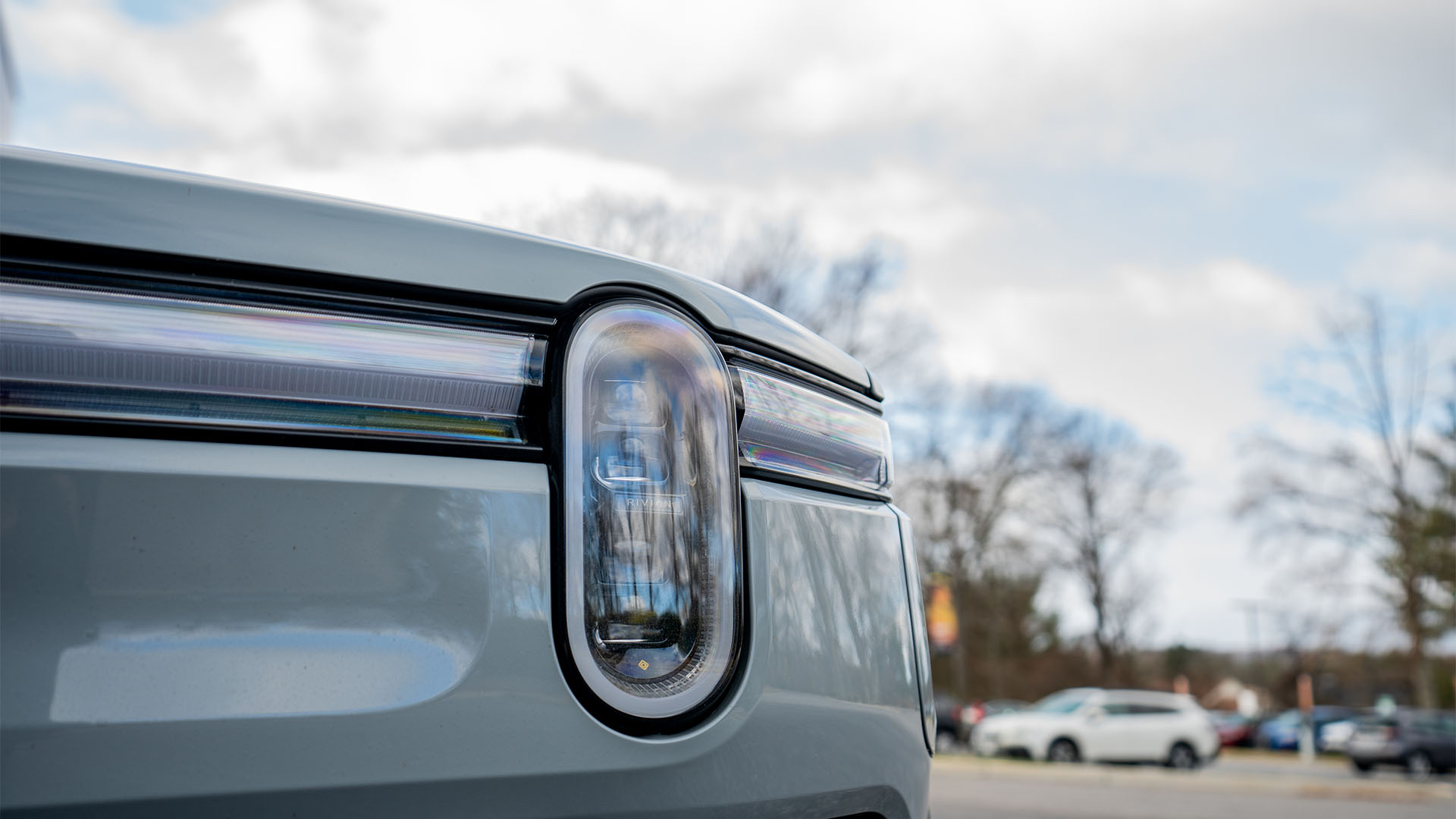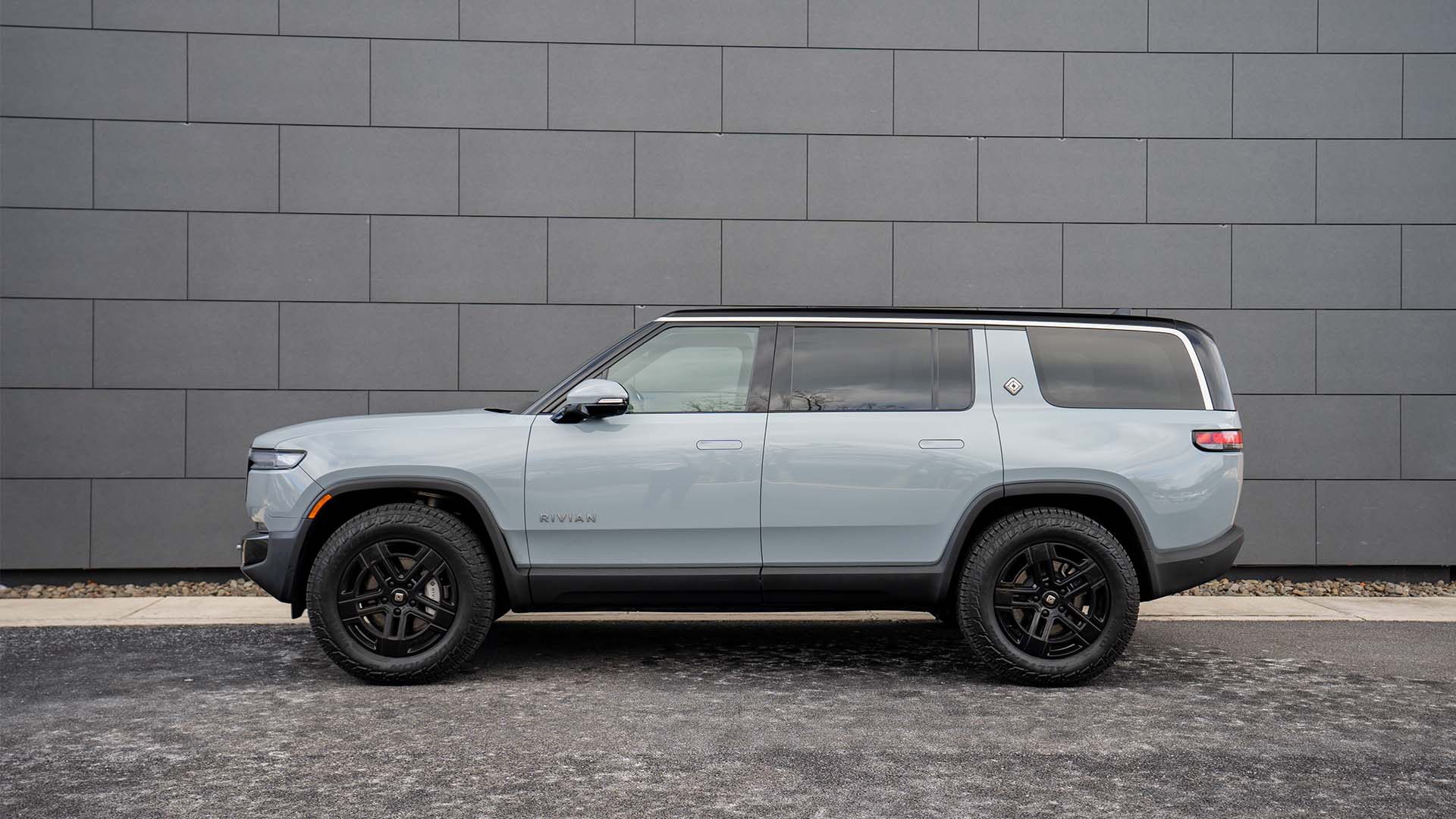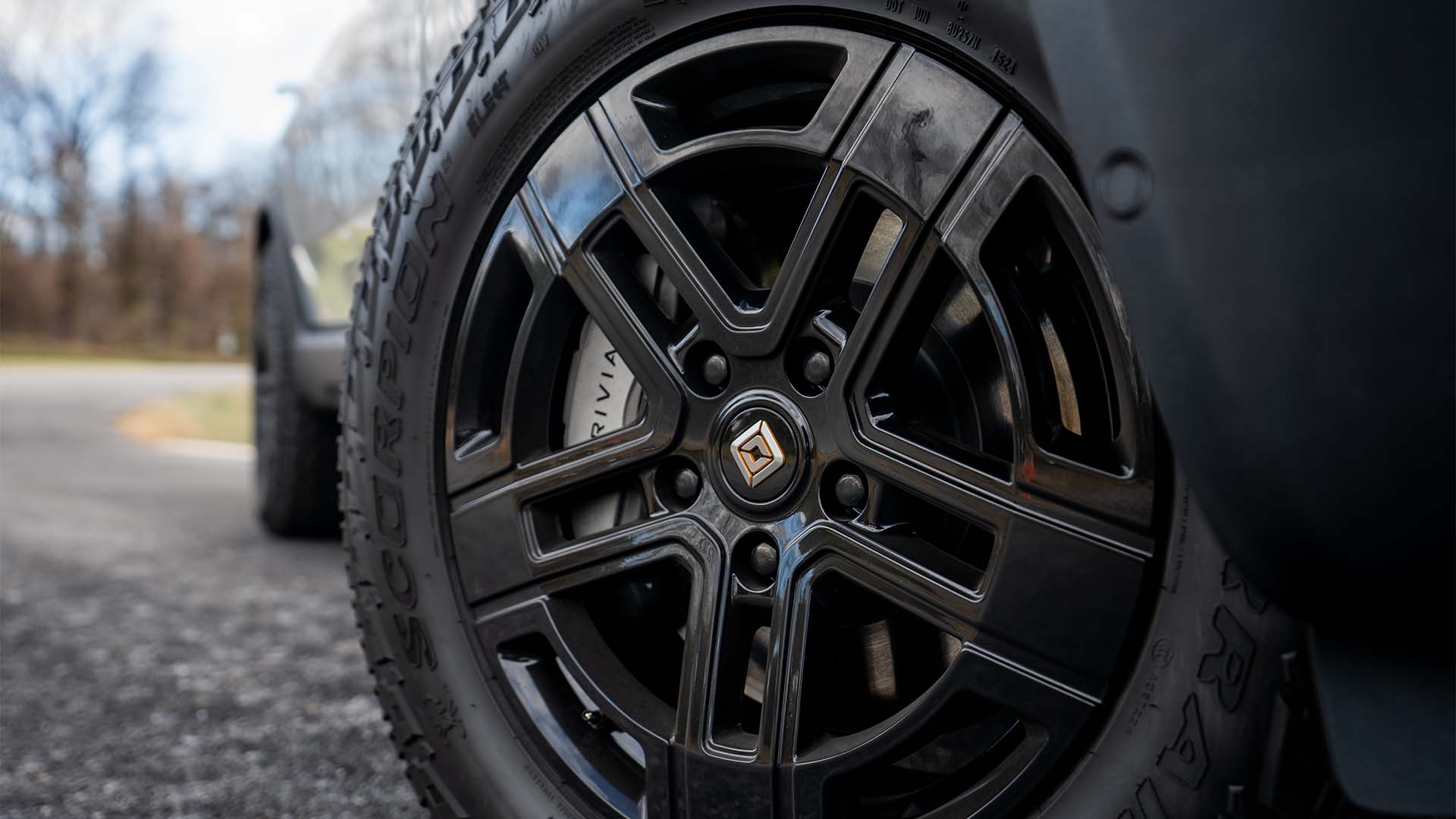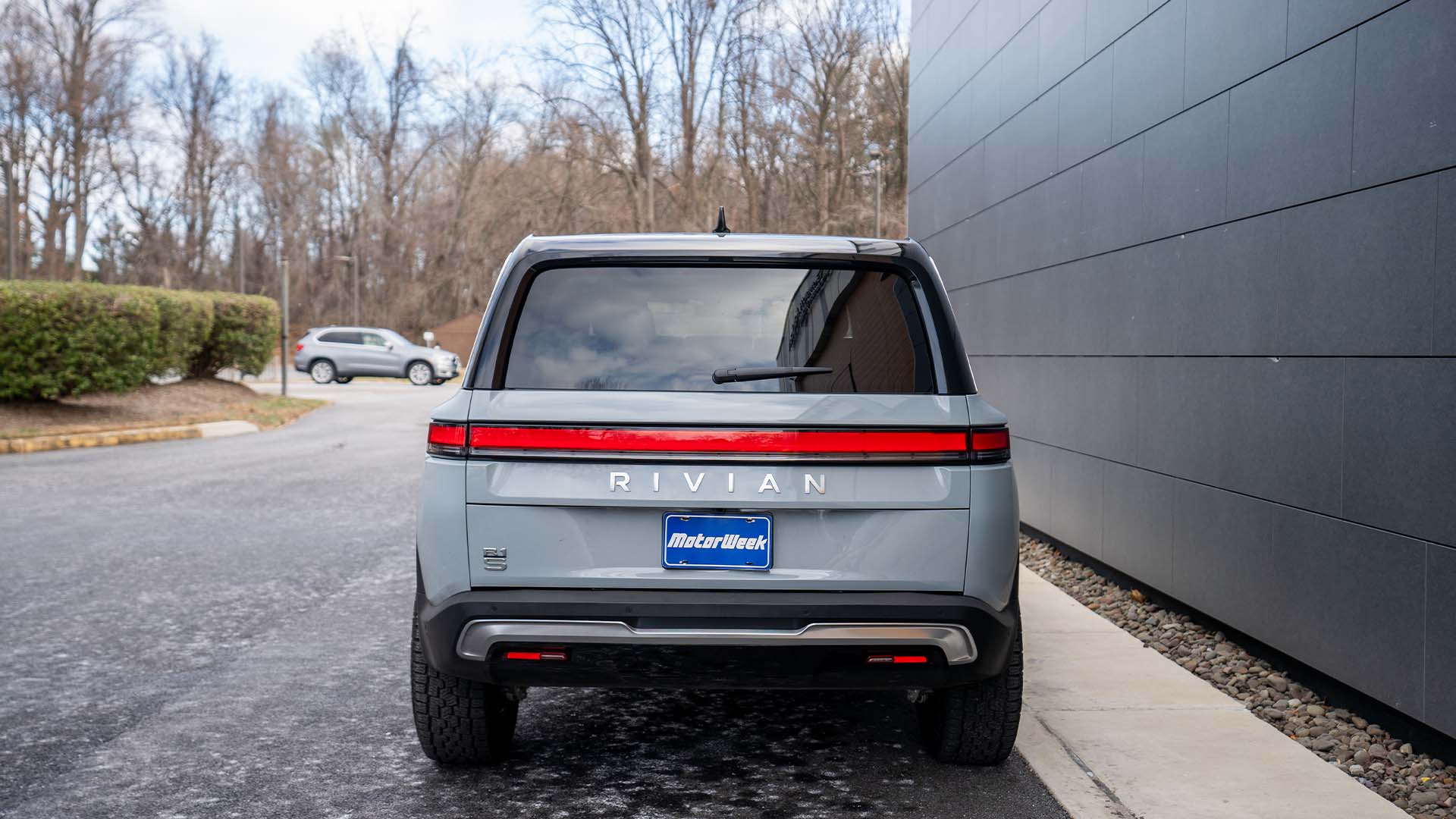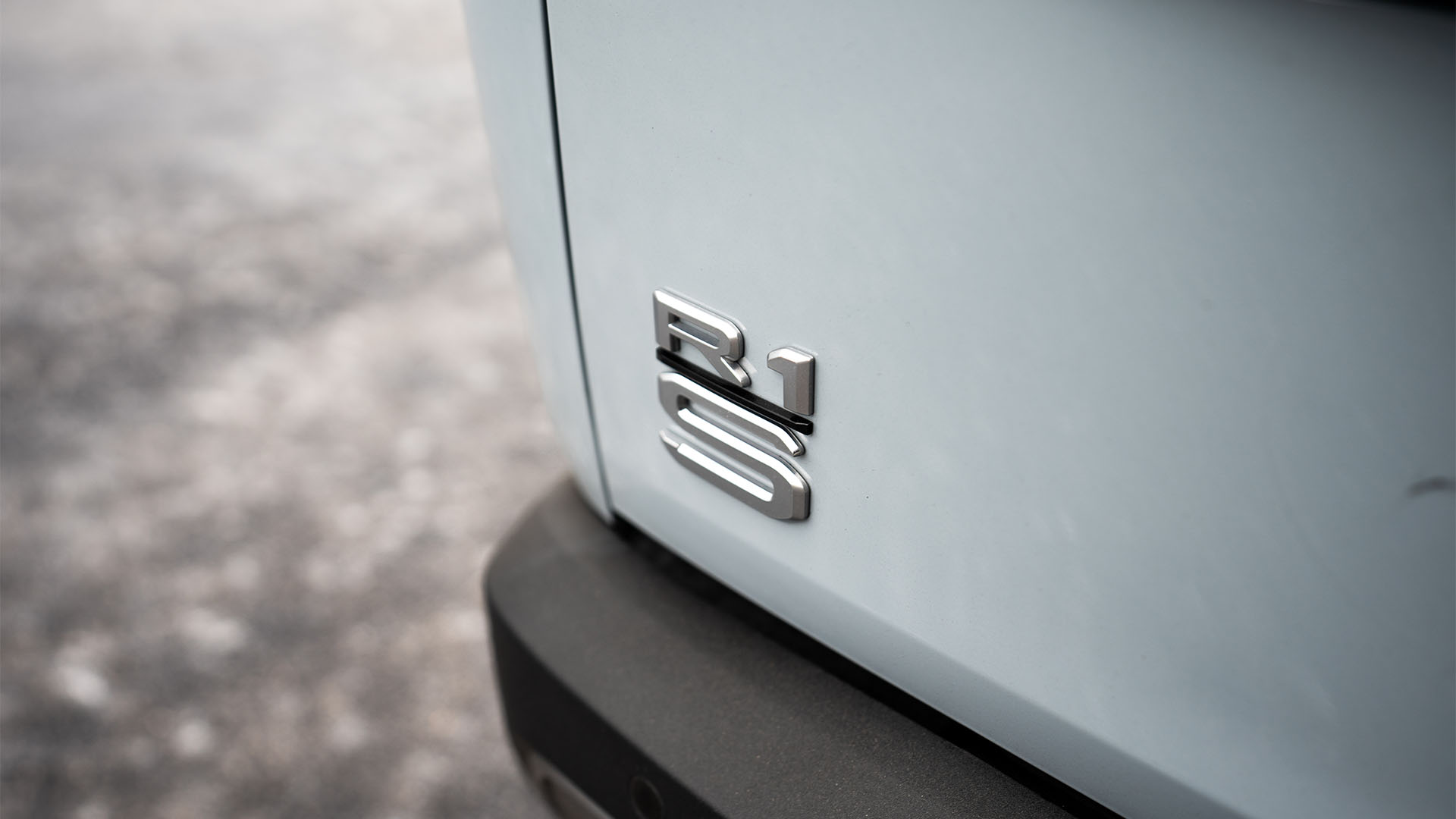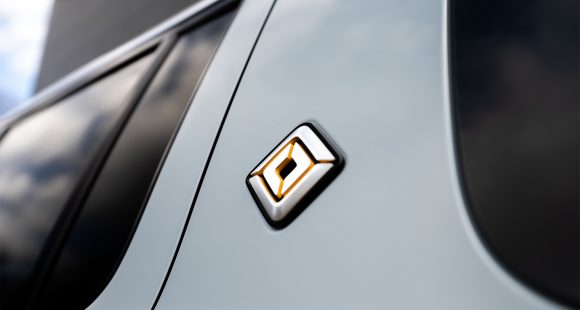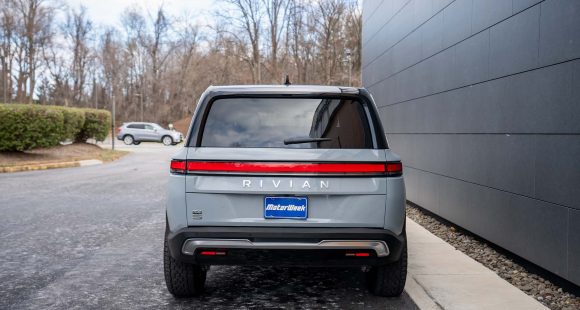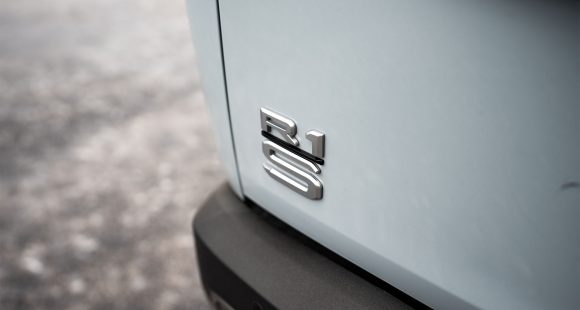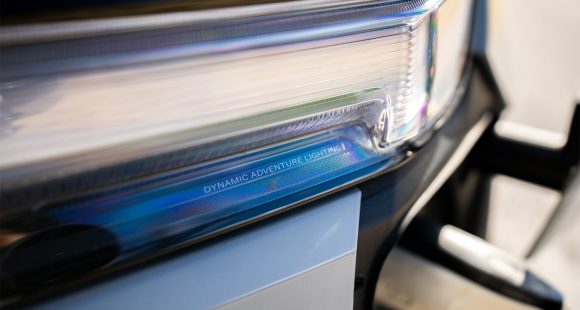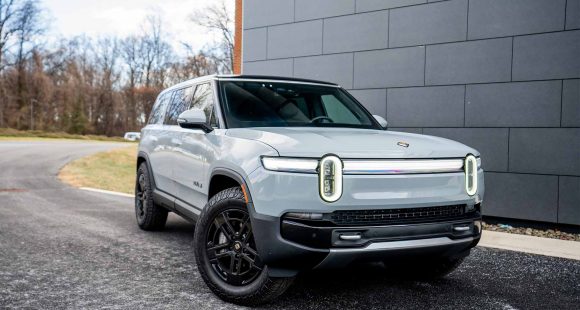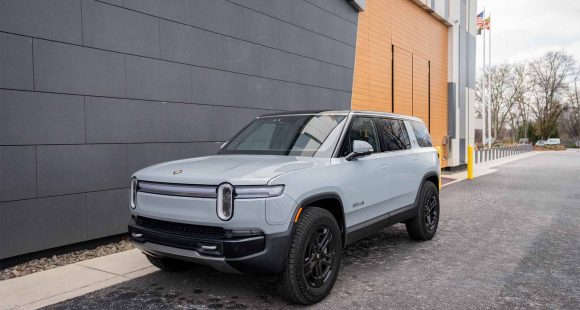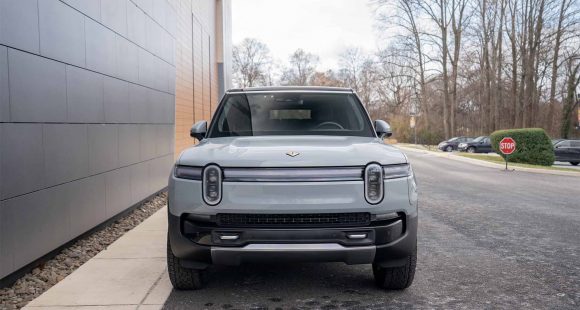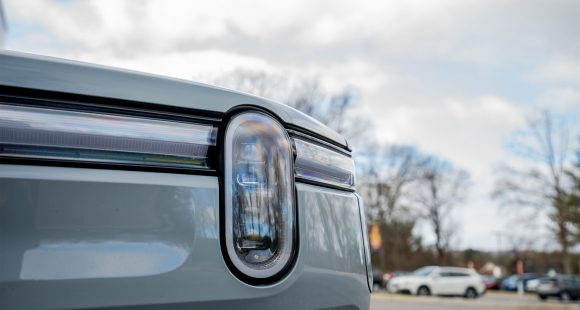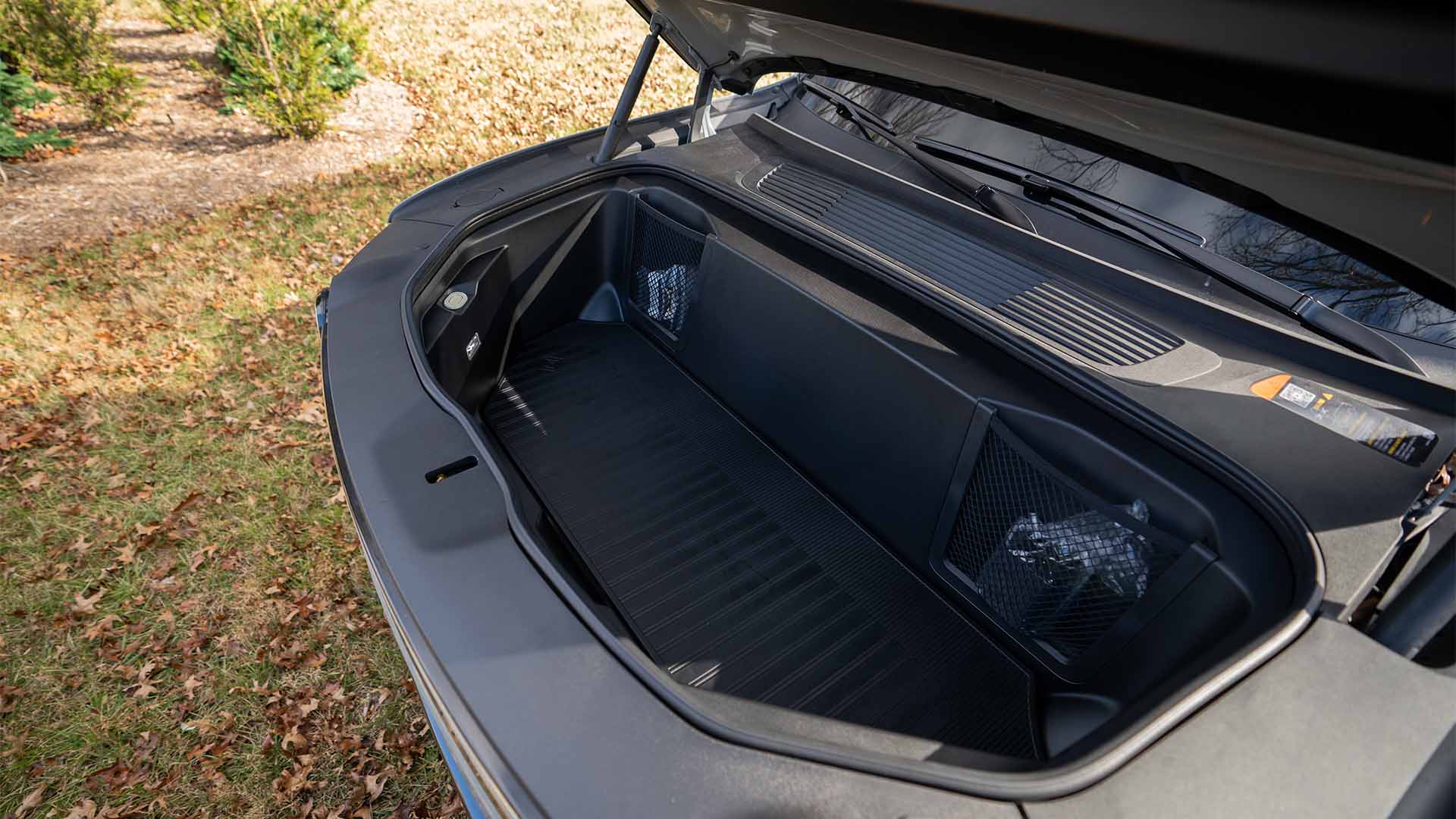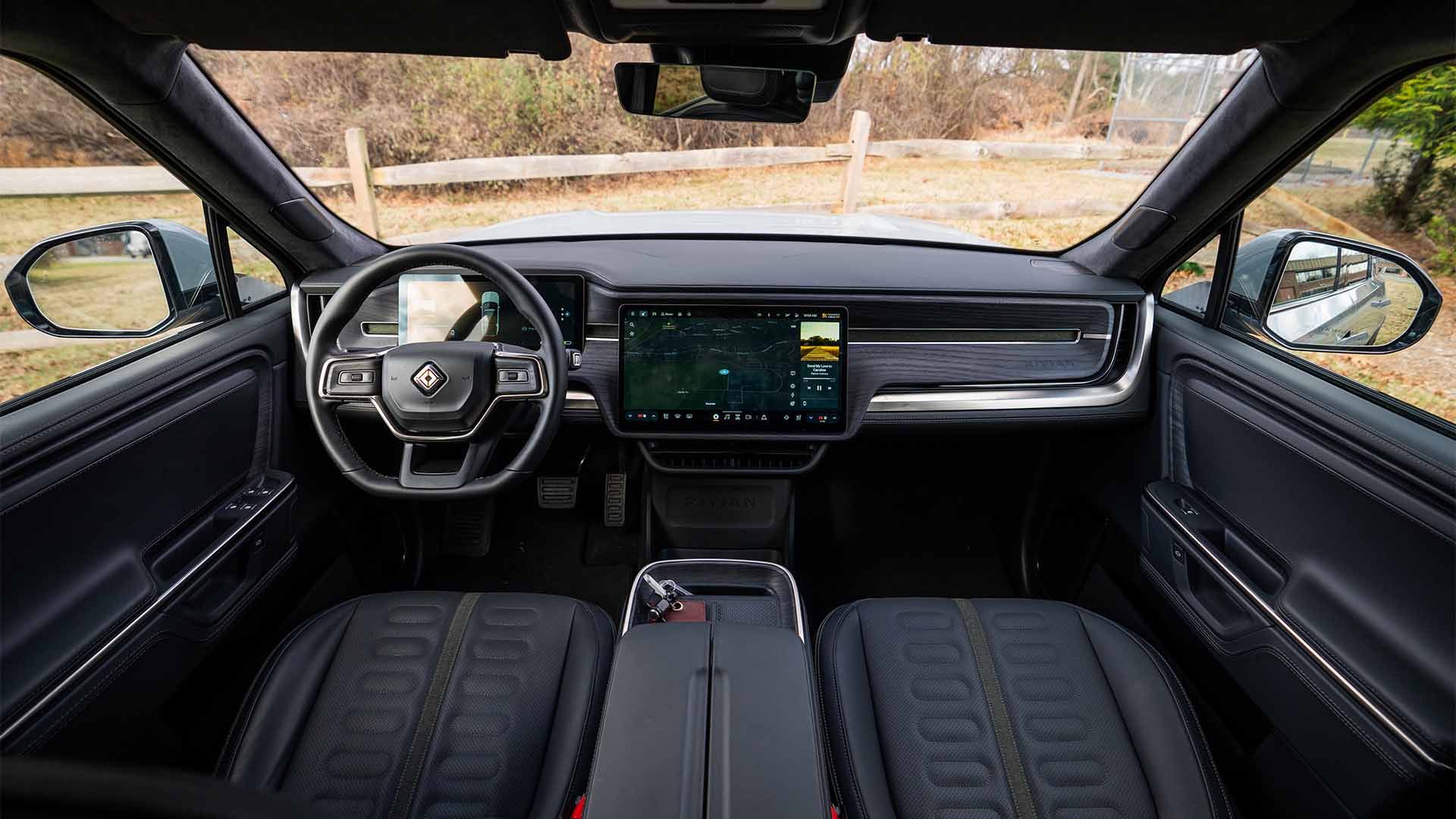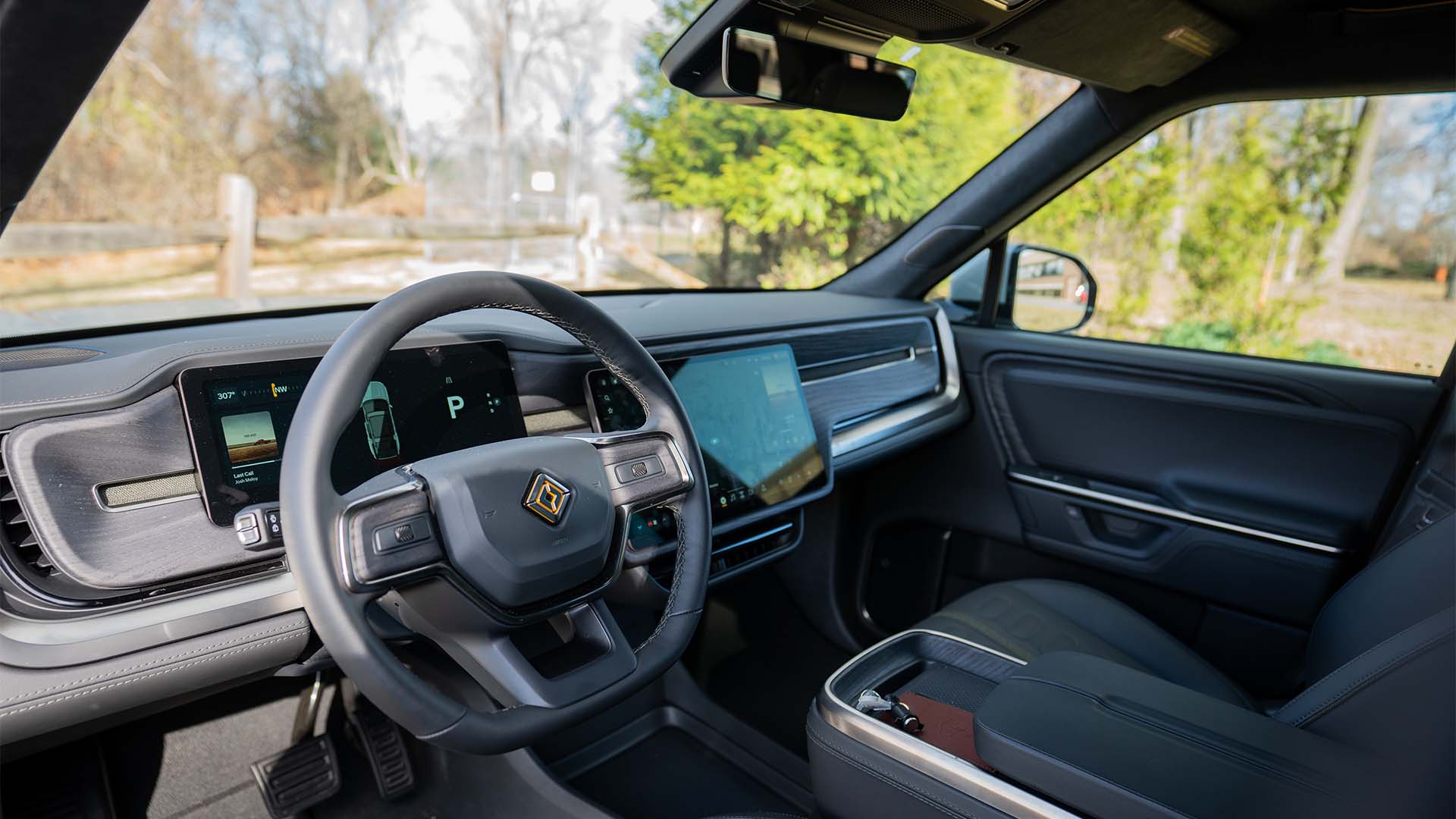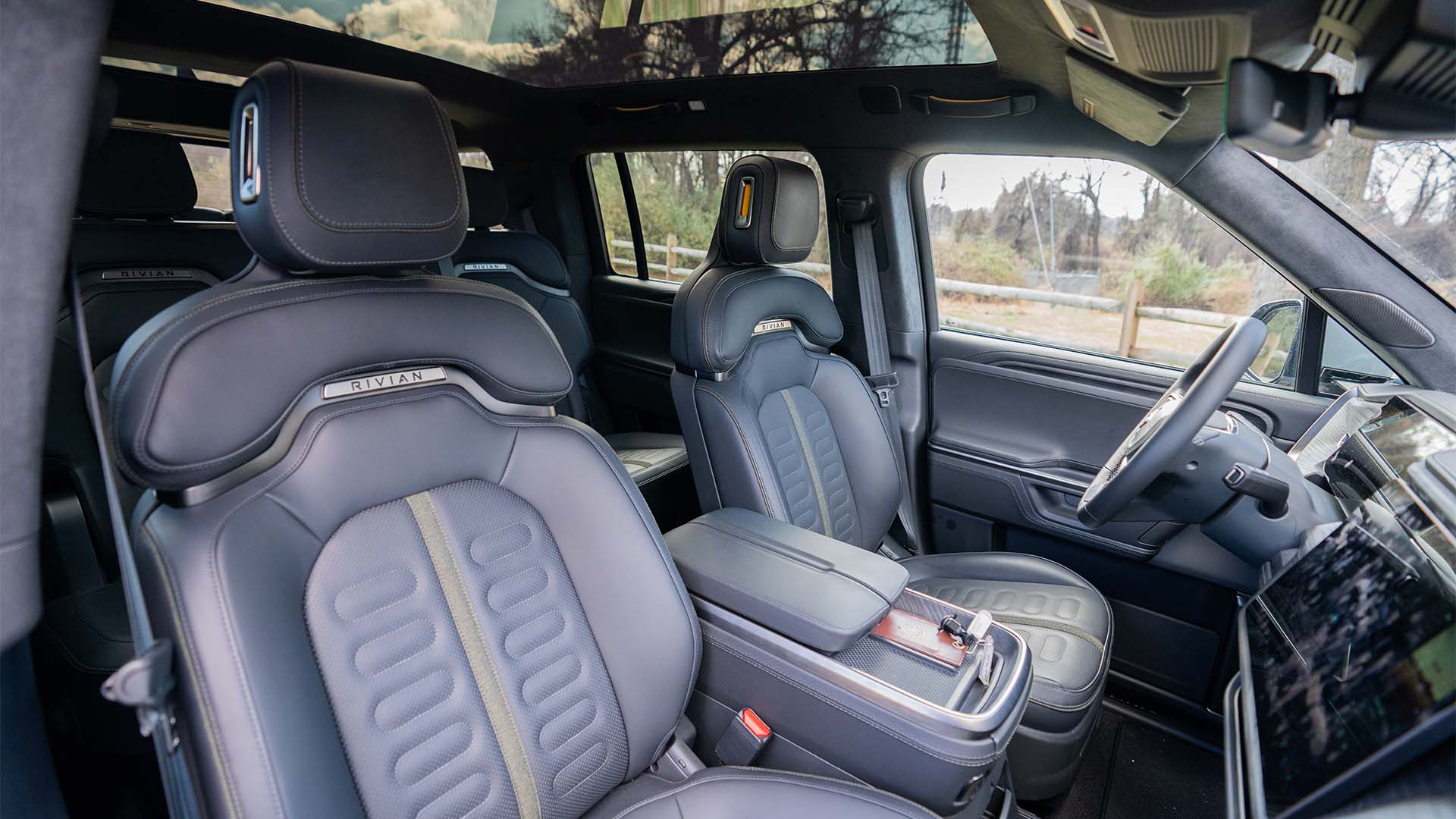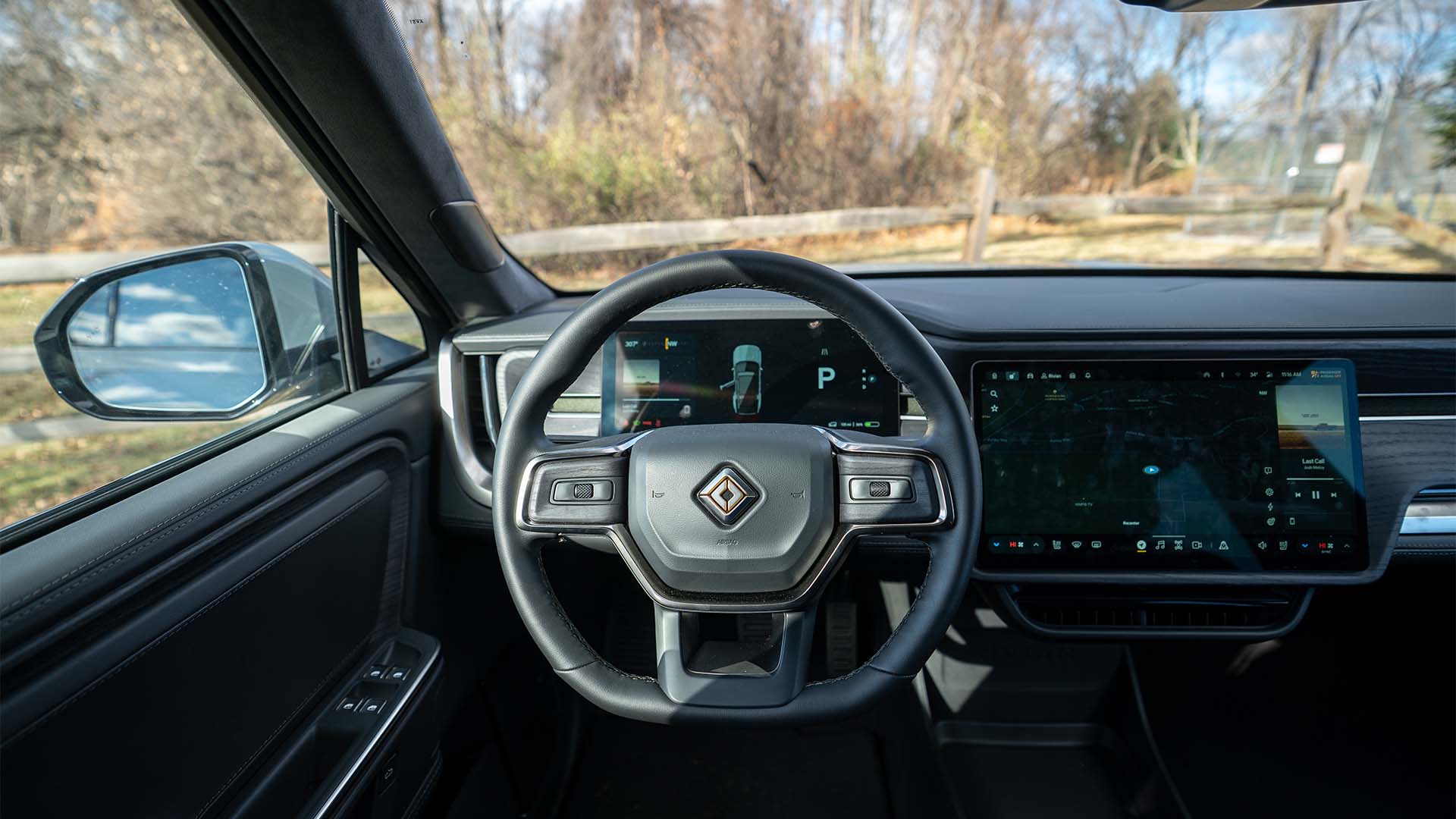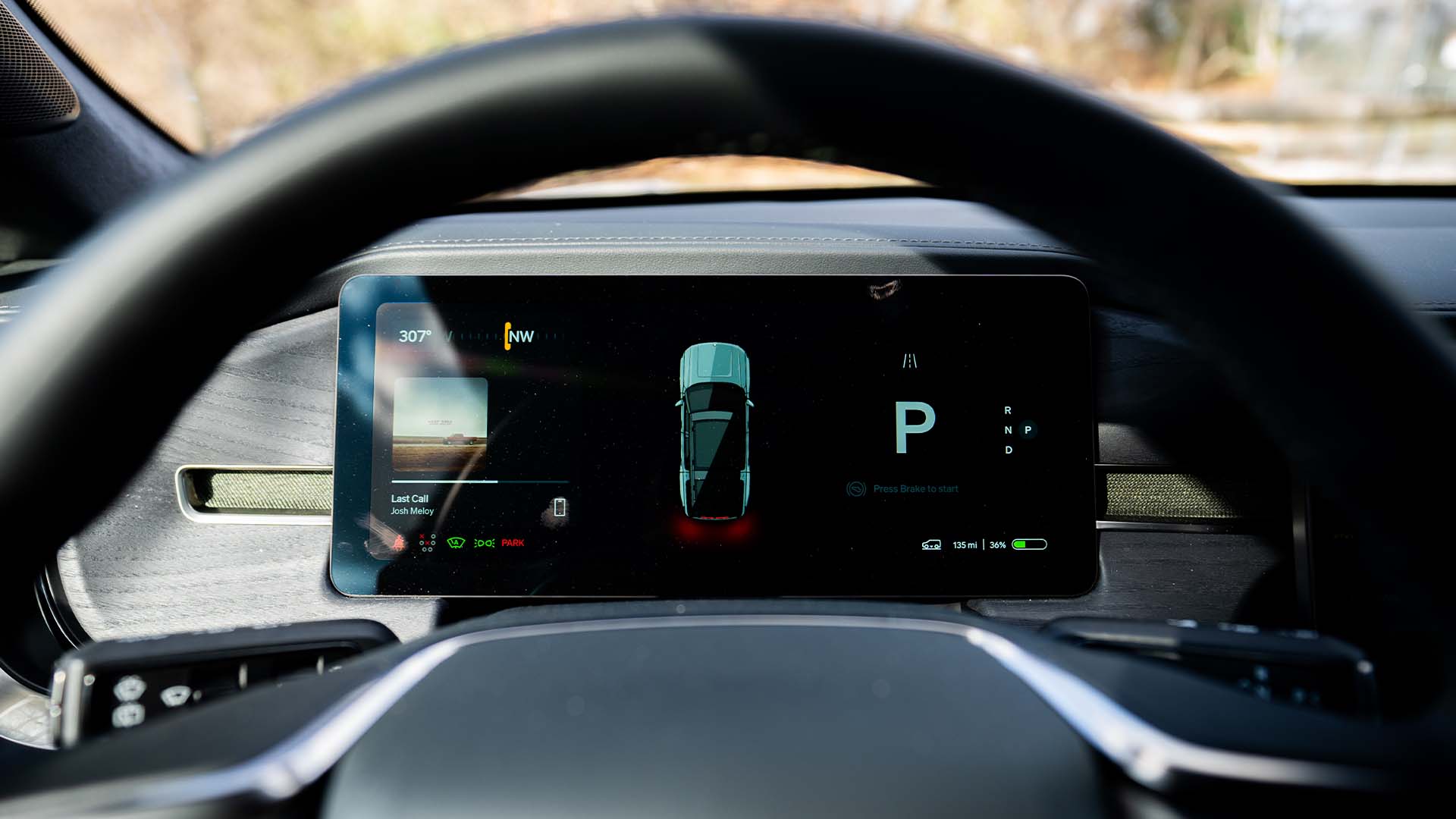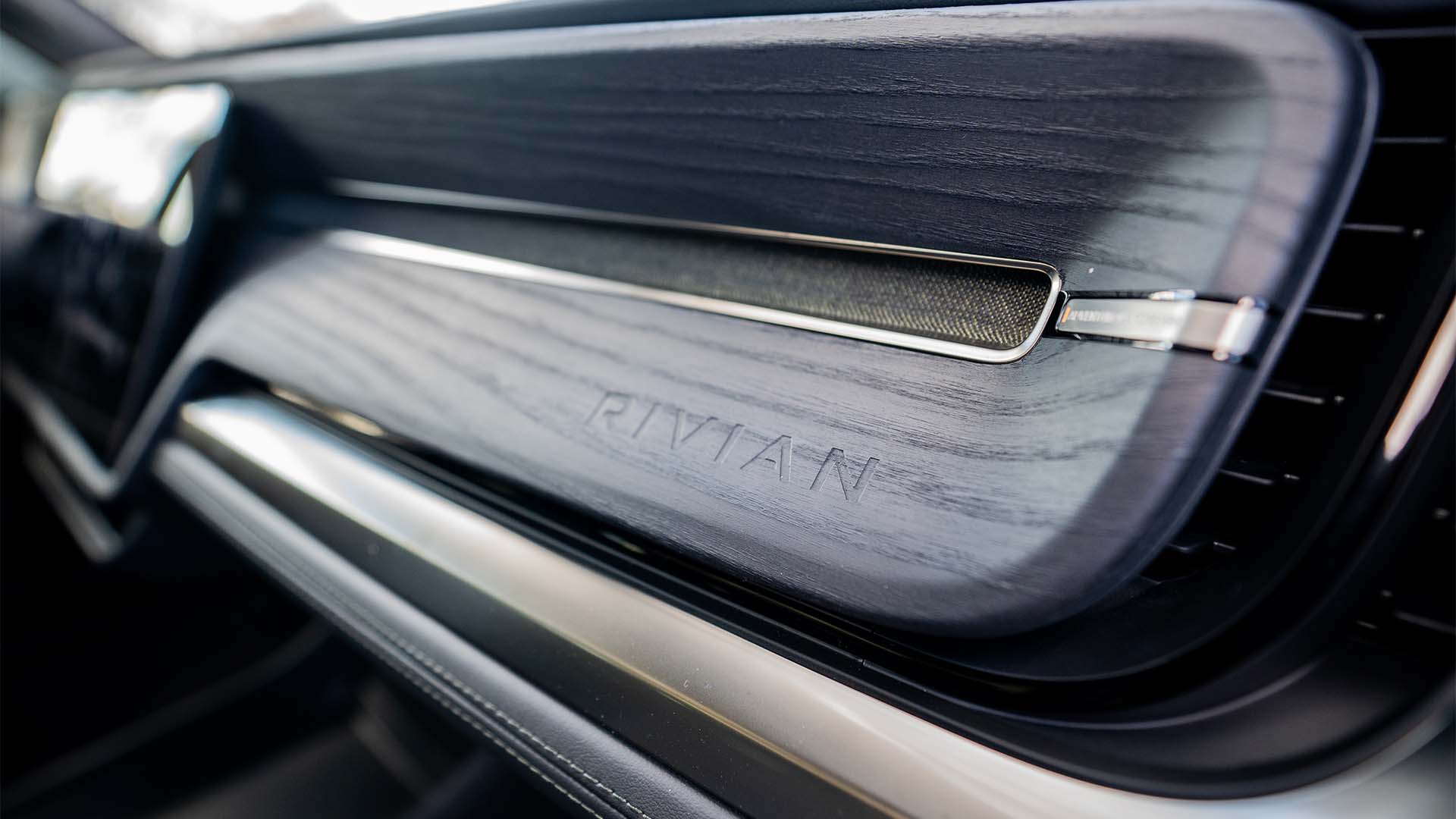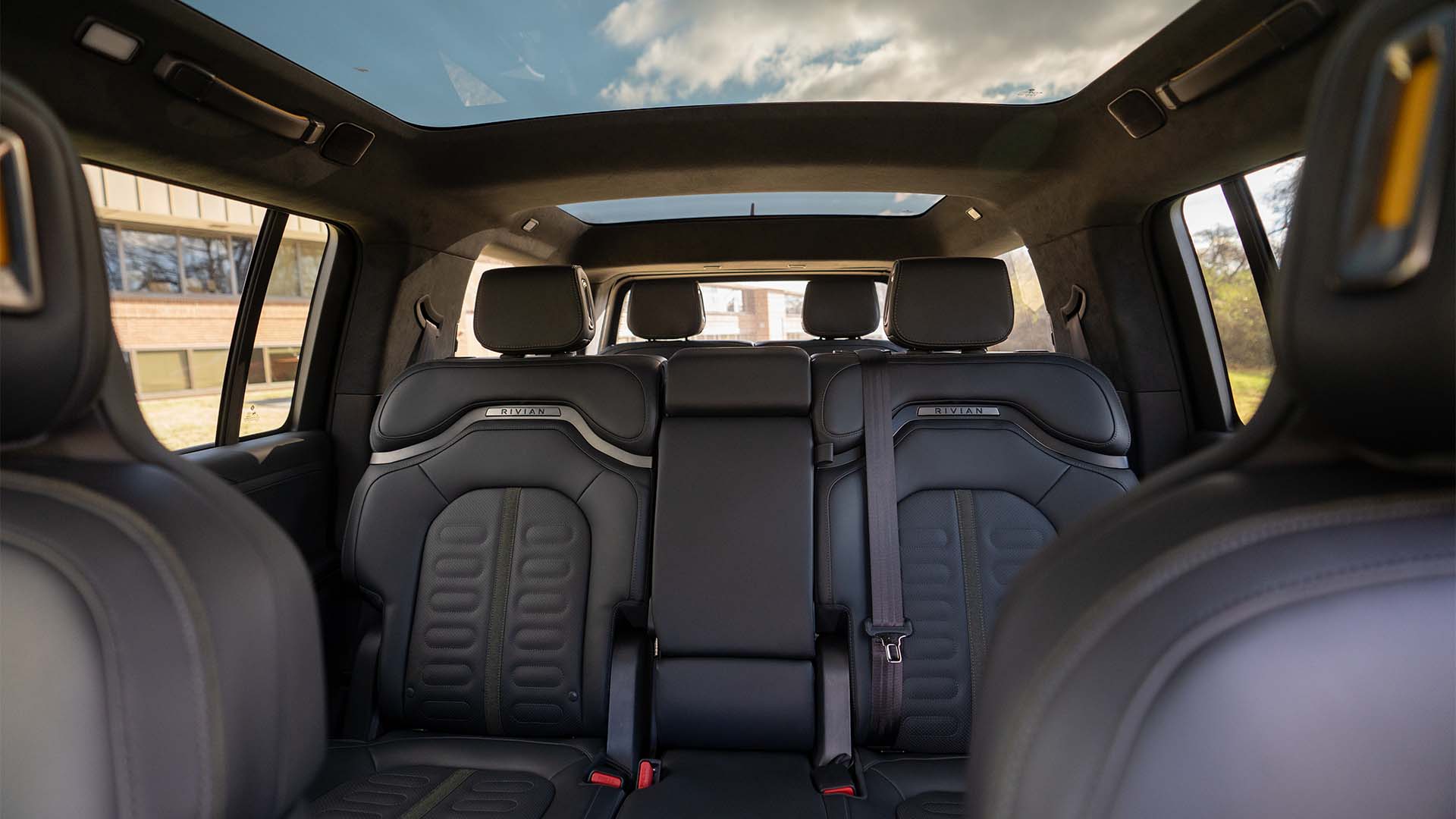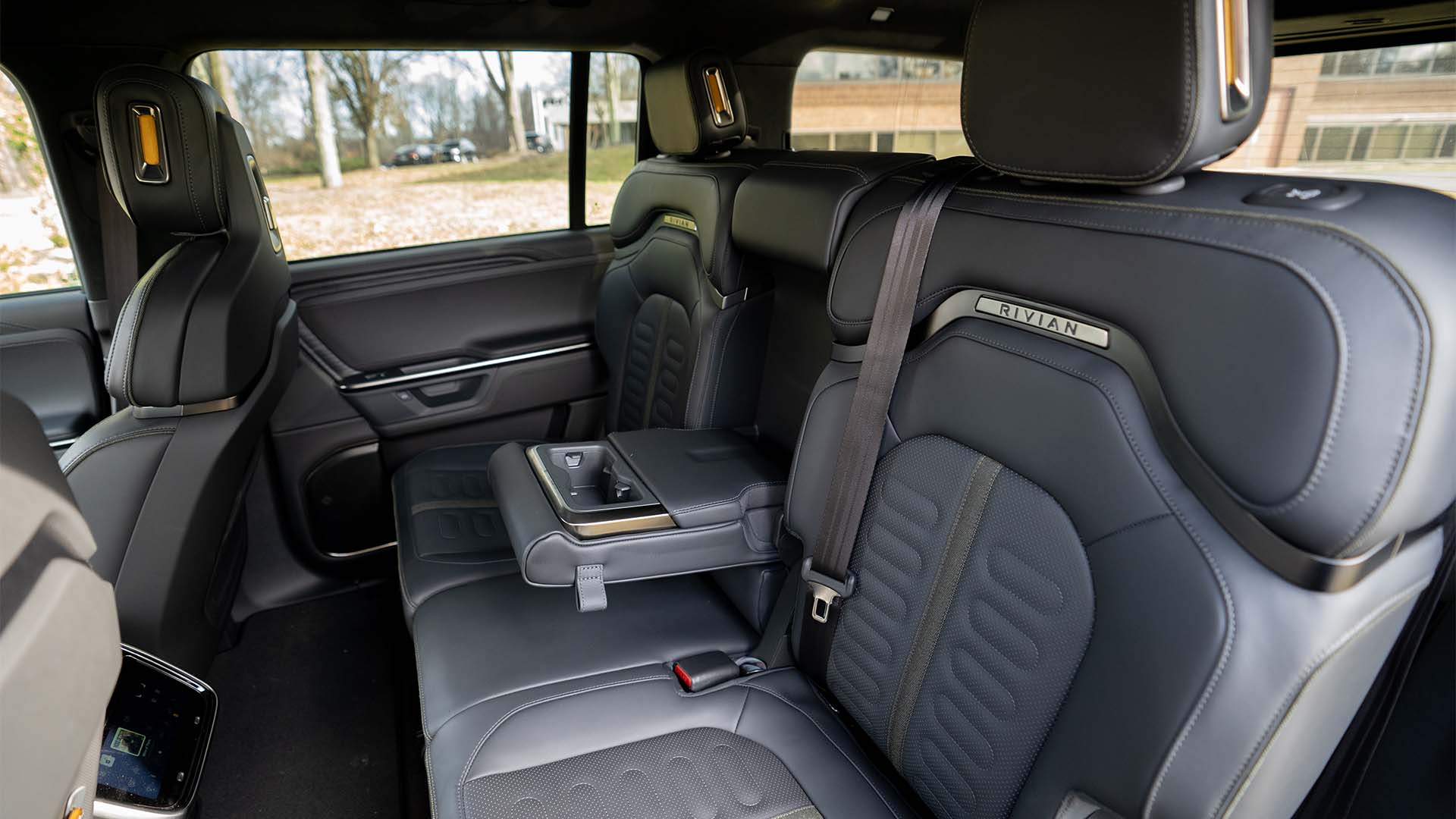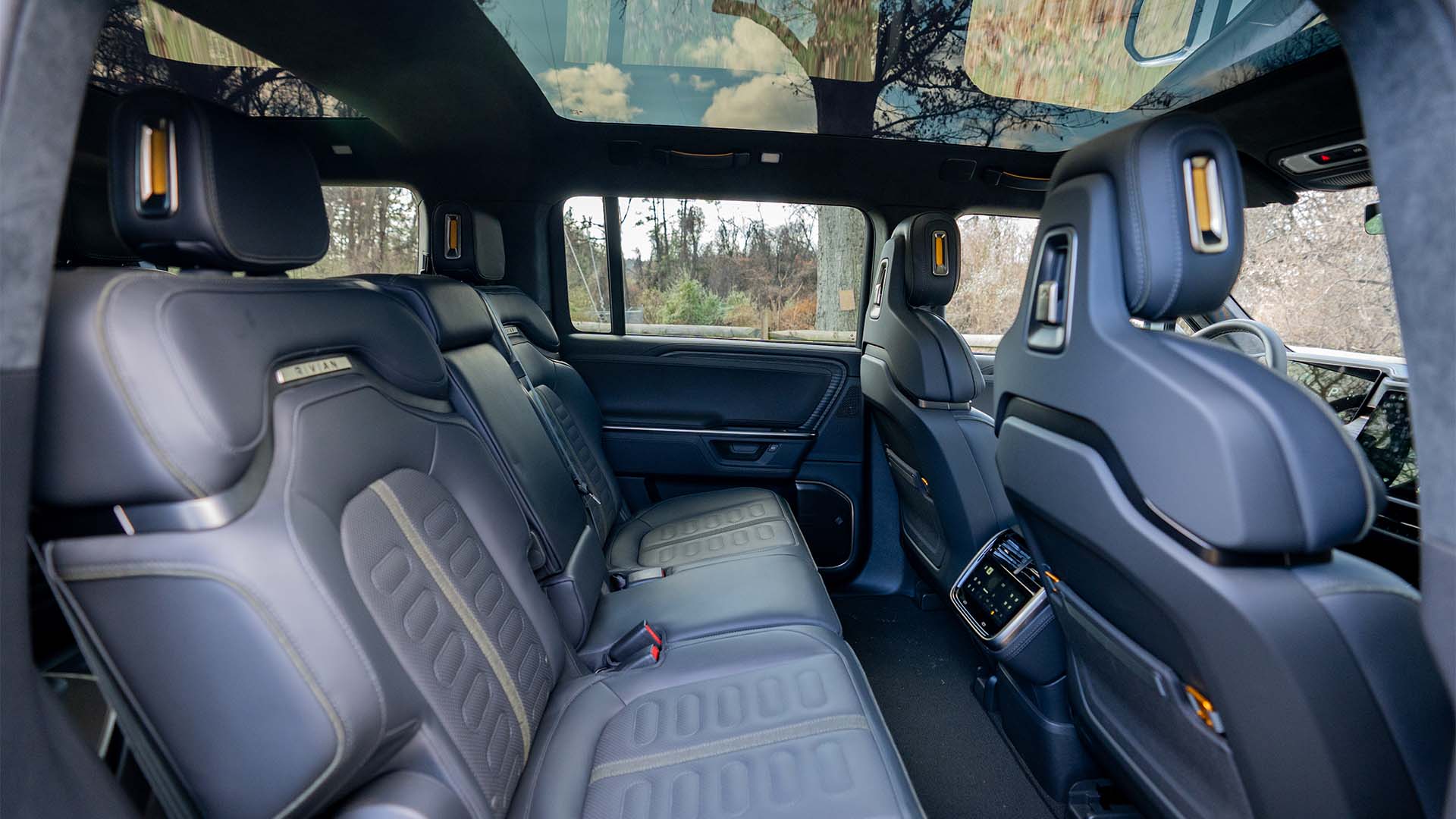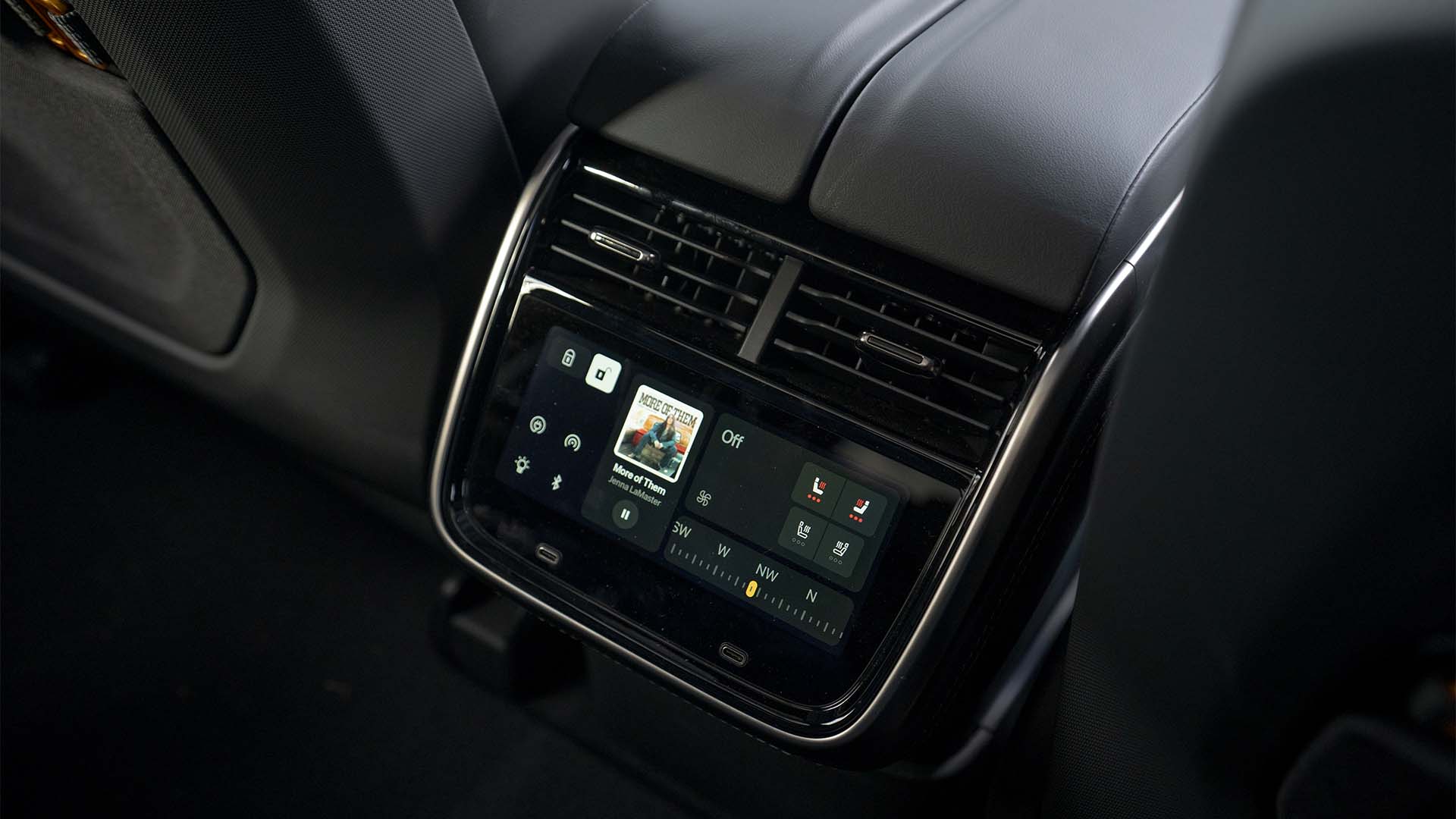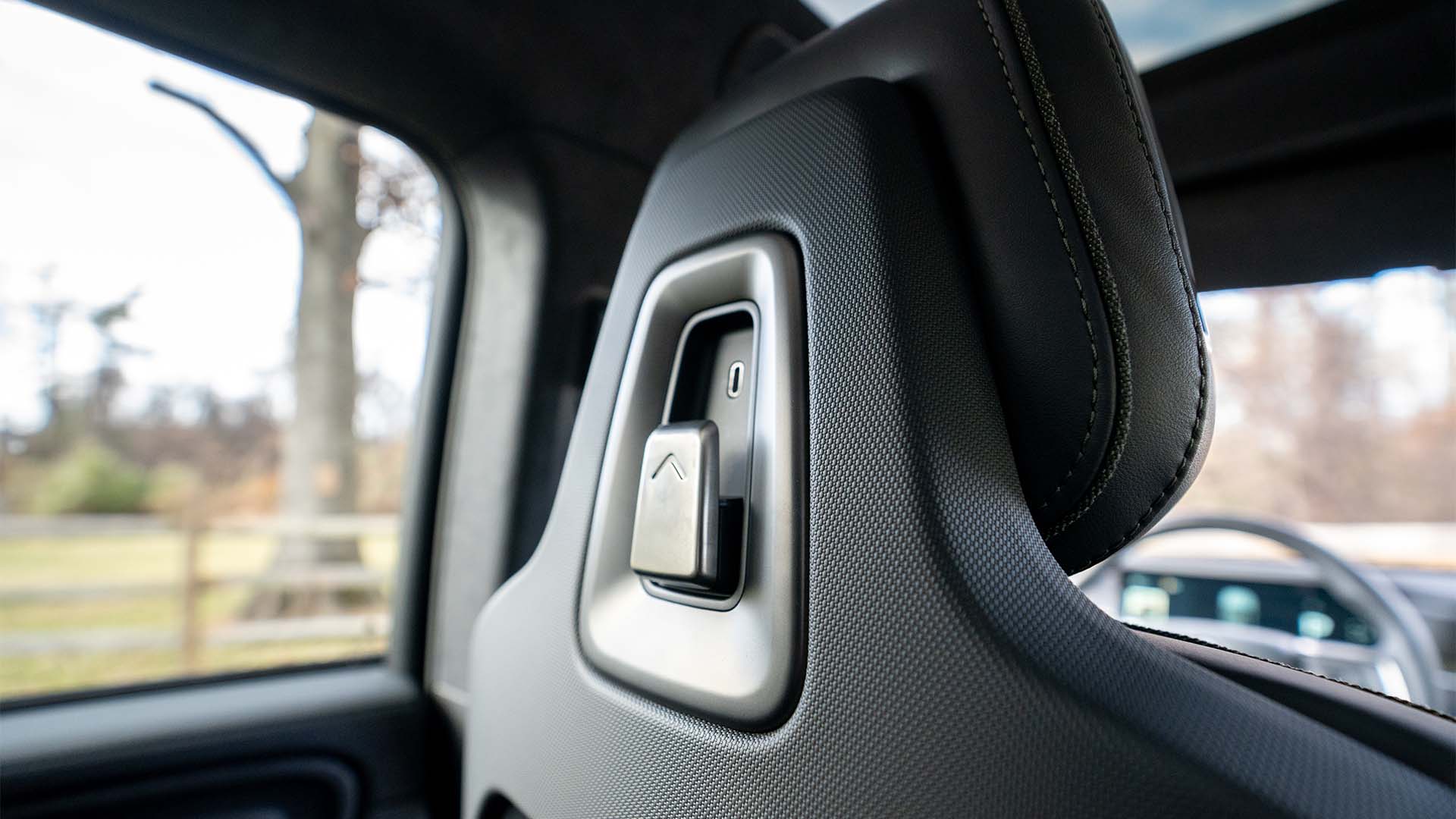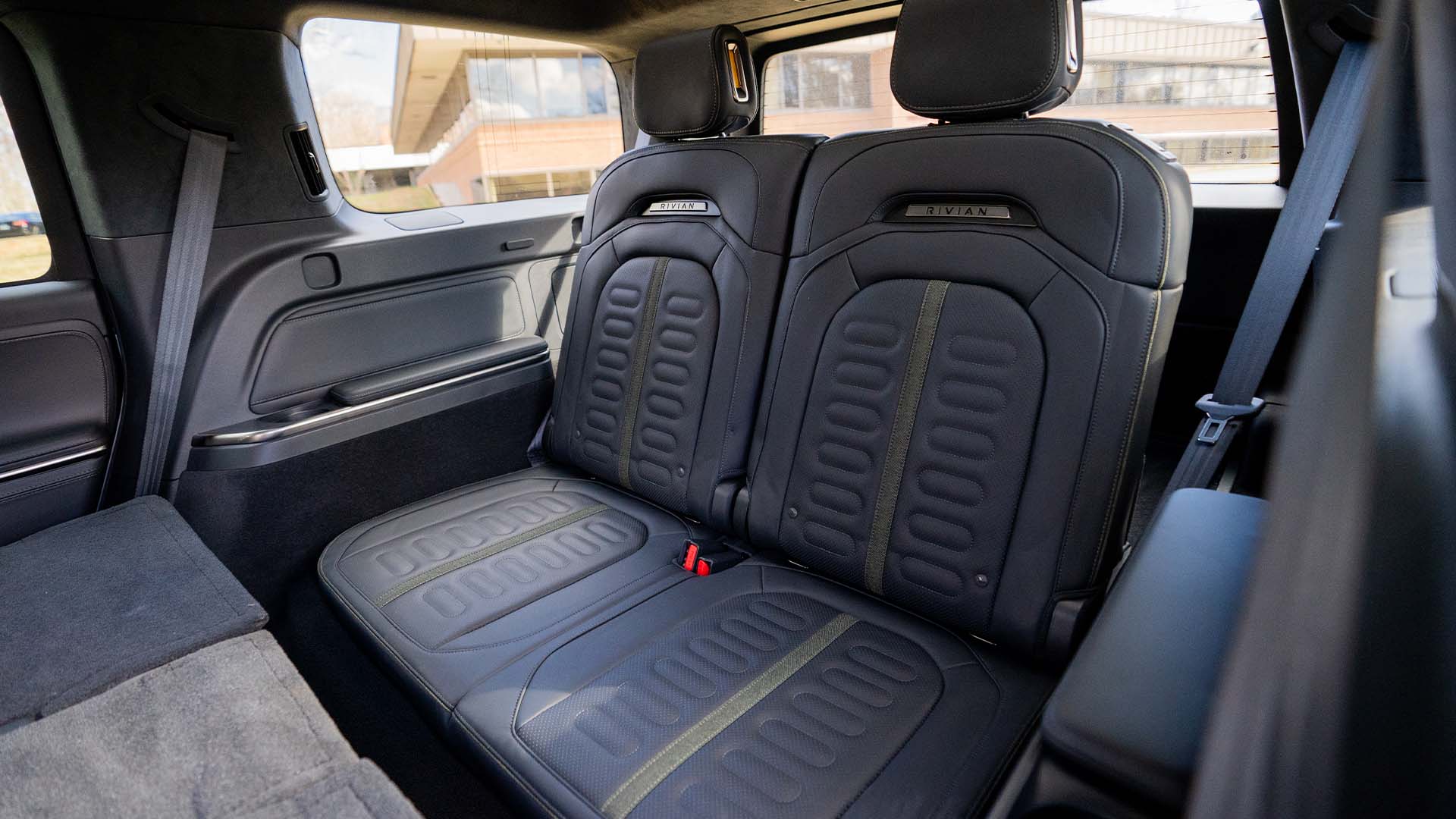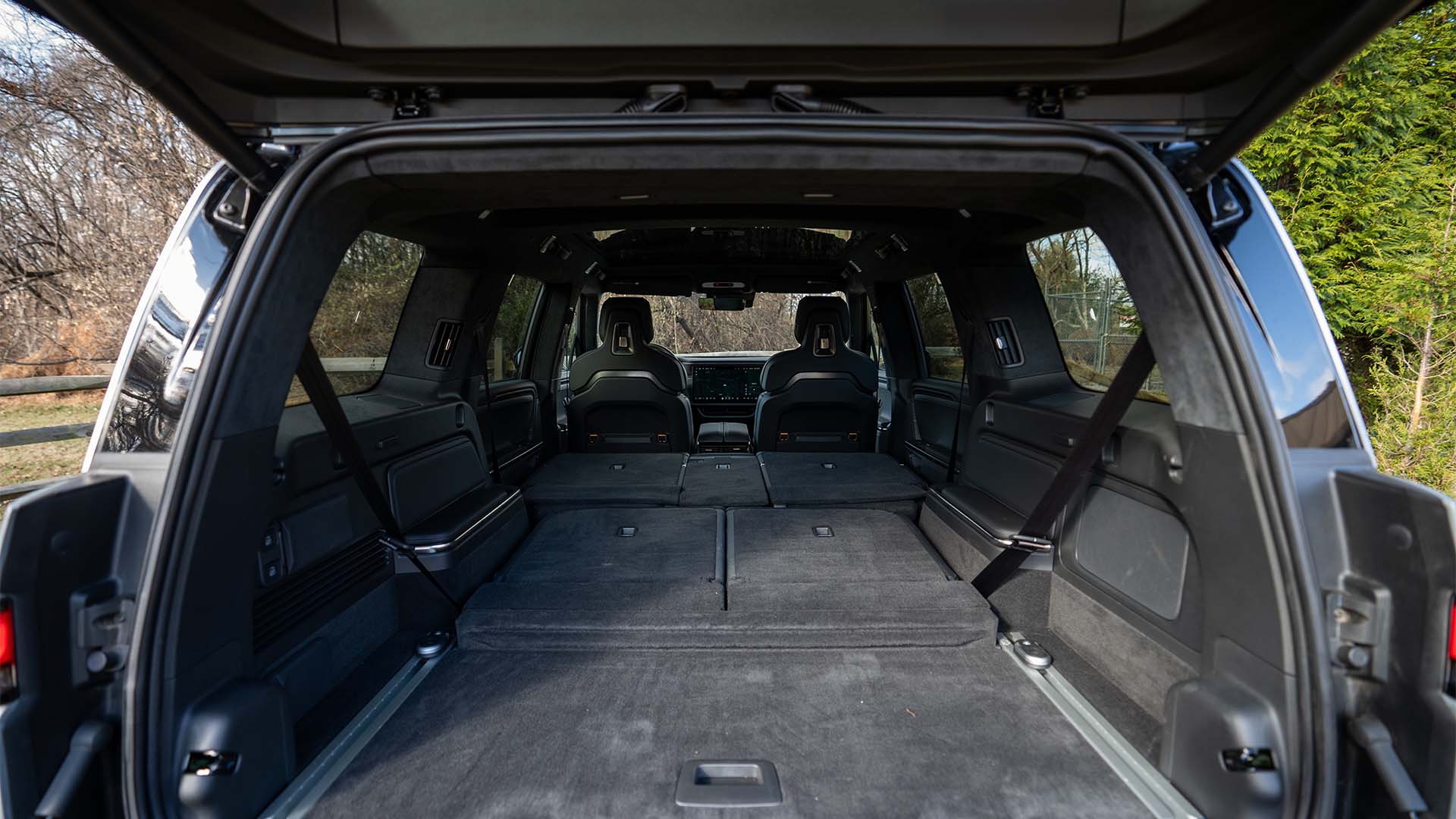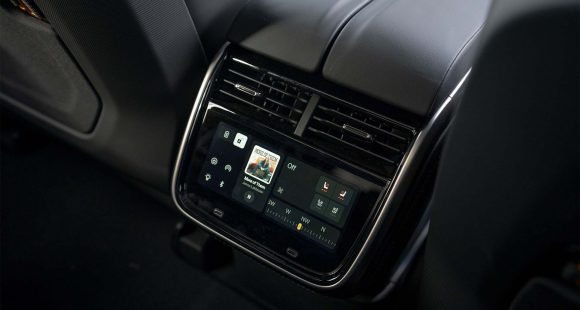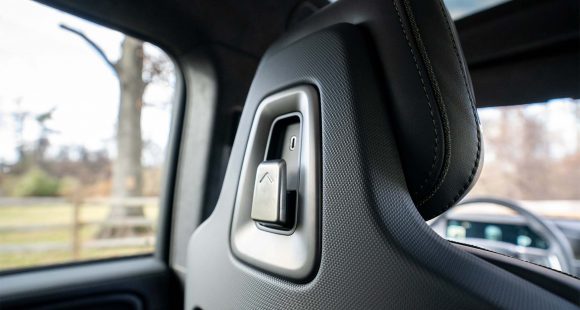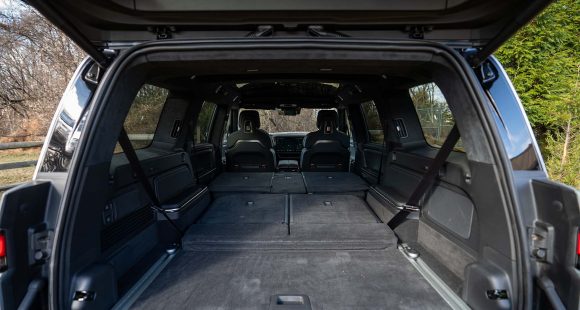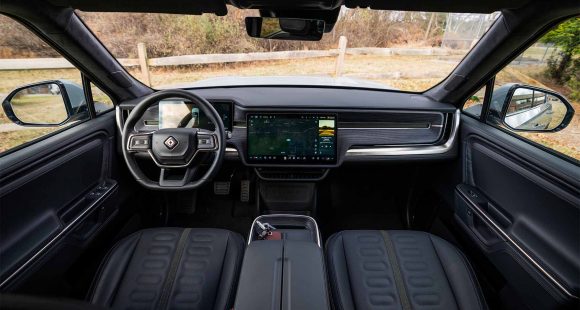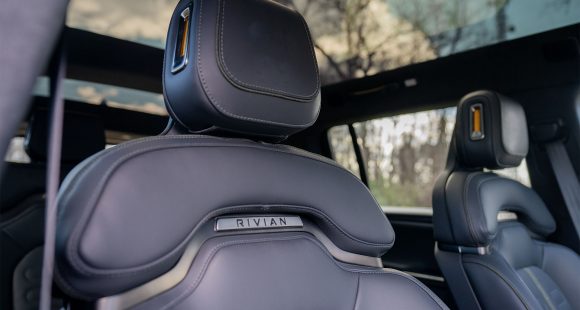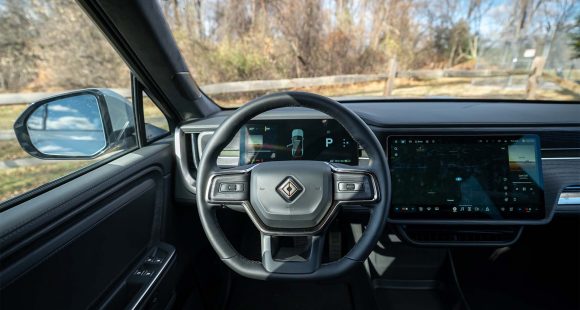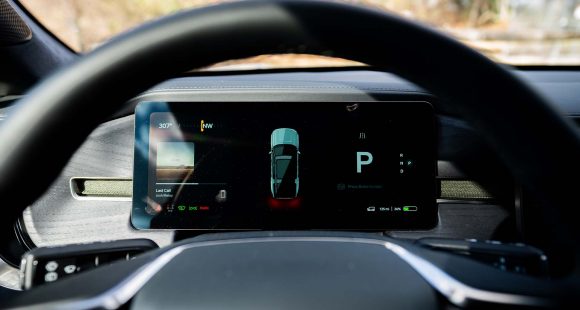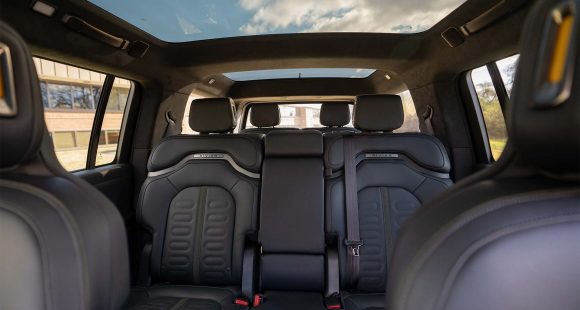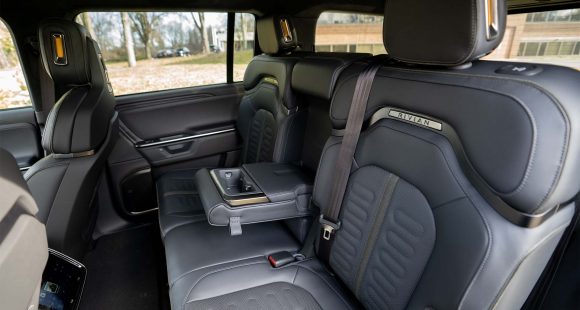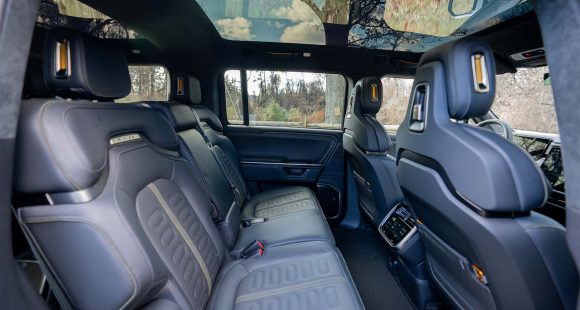2011 Kia Sorento
It’s a clear sign of the times. Kia, responding to current market tastes, has redesigned their compact Sorento without its original body-on-frame SUV chassis, opting instead for a crossover utility unibody. Now Kia hopes this move will greatly expand the Sorento’s appeal. But does being more like a car, and less like a truck, make for a better Sorento?
Besides its chassis transformation, the second generation 2011 Kia Sorento is also the Korean brand’s first vehicle to have its assembly transferred to American soil. That takes place at a huge new facility in West Point, Georgia.
Still, Sorento enters an already crowded compact CUV segment, and faces stiff competition from other quality entrants like the Toyota RAV4, Nissan Rogue, and also new Chevrolet Equinox. Like the Equinox, the Sorento is called a compact, but it’s nearly mid-size both outside and inside. Using a chassis shared with the Hyundai Santa Fe, Sorento’s length of 183.9 inches is over three inches longer than before, if slightly lower for better aerodynamics.
The totally refashioned exterior echoes Kia’s new, bolder, front-end theme begun with the Forte. The grill and flared-back headlights form a continuous arch that is most appealing.
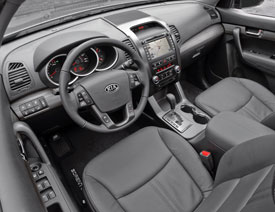 Based on the KND-4 concept from the 2007 Los Angeles Auto Show, the production Sorento has a similar sweeping profile and athletic stance. Roof rails are optional. The rounded rear-end also exudes lots of presence, with large LED taillights that extend into the liftgate. Wheels are 17 and 18-inch alloys, with a mirror finish optional on top EX trim.
Based on the KND-4 concept from the 2007 Los Angeles Auto Show, the production Sorento has a similar sweeping profile and athletic stance. Roof rails are optional. The rounded rear-end also exudes lots of presence, with large LED taillights that extend into the liftgate. Wheels are 17 and 18-inch alloys, with a mirror finish optional on top EX trim.
While the original Sorento offered a pair of V6s, the 2011 allows a more varied choice. Standard is a 2.4-liter inline-4 shared with the Forte SX. Output is 175 horsepower and 169 pound-feet of torque.
Optional is an all-new 3.5-liter V6 with a best-in-class 276 horsepower and 248 pound-feet of torque. But even with it, trailer towing takes a beating: 3,500 pounds, down from 5,000 last year.
A six speed manual is standard with the I-4. Kia’s first home-grown six-speed automatic is an option, and standard with the V-6. A single speed four-wheel drive system with locking center differential can be fitted to either engine. And, even with front drive, useful Hill Start Assist and Downhill Brake Assist are included.
Government Fuel Economy Ratings for our front-drive four-cylinder automatic are good at 21 city/29 highway on regular gas. We saw a respectable 24.3 miles per gallon in real world driving. But, you do pay for that efficiency on the track. Our I-4 Sorento huffed from 0 to 60 in a long 10.1 seconds. And the quarter mile dragged out to 17.7 seconds at 78 miles per hour. The Sorento felt breathless all the way down the track. Shifts were lazy and power-robbing.
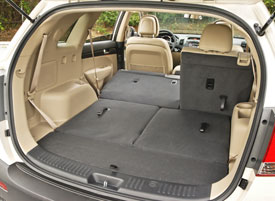 The Sorento’s new unibody employs a MacPherson strut front, and multilink rear suspensions. Electronic Stability Control is standard.
The Sorento’s new unibody employs a MacPherson strut front, and multilink rear suspensions. Electronic Stability Control is standard.
Unfortunately, none of this helped inspire a high level of confidence in our handling tests. Steering was quick enough but with little feedback, and body roll was excessive.
The one bright spot in Sorento’s track performance was braking. The all-disc, ABS brakes delivered arrow-straight, near fade-free stops of a short 120 feet on average from 60 to 0. The pedal was firm with positive feedback.
On normal roads, the Sorento is a lot more self-assured. It’s comfortable and quiet, feeling well anchored at even elevated interstate speeds.
That comfort continues inside, where Kia used the extra body length for more cabin space and versatility. With both five- and first time three-row seven-passenger models, it’s now a big family-mover. The modern, tech-inspired dash is defined by overlapping gauges and practical controls. Our EX model’s well-padded seats came with standard eight-way power for the driver, and optional heat.
Standards include a tilt/telescoping wheel with audio and Bluetooth controls. Satellite Radio and a USB port are on board too. A 550-watt Infinity upgrade, navigation, and even a dual sunroof, are available. Our EX added push button start, and a backup camera with rear view mirror display.
Those in the 60/40 second row will find it quite roomy, with a welcomed increase in legroom. Kids will like the 50/50 split folding third row, but not adults. Behind the third row is 9.1 cubic feet of space that expands to 37 cubic feet when folded, and an excellent 72.5 with all seats down. A reversible load floor and handy underfloor compartment add to this CUV’s overall practicality.
And that practicality also speaks to Kia’s value pricing. In fact, the base price for the 2011 Sorento is down from last year starting at $20,790. Sorento base prices top out at $29,690.
Combine that with Kia’s vastly improved quality reputation, and one of the best warranties going, and it’s no wonder they continue to chalk up sales gains. The new Sorento’s track performance may be lacking, but we have no qualms with its packaging. So, the 2011 Kia Sorento is indeed a better answer to what today’s family buyers want. And, yes, it’s a better Sorento, too.
Specifications
- Engine: 2.4-Liter Inline-4
- Horsepower: 175
- Torque: 169 Lb Feet
- 0-60 MPH: 10.1 Seconds
- 1/4 Mile: 17.7 Seconds @ 78 MPH
- 60-0 MPH: 120 Feet
- EPA: 21 MPG City/ 29 MPG Highway
- Mixed Loop: 24.3 MPG
2025 Rivian R1S
Major Reboot for Rivian R1S
With just about every mainstream carmaker now onboard with battery-electric vehicles, EV-only brands are hoping there are still plenty of people out there willing to think outside the box. So, let’s see if Rivians latest R1S utility can make the case for taking the EV road less traveled.
Big changes have happened in the short time since the Rivian R1S first hit the streets three years ago. As for 2025, there are updates that touch just about every aspect of the vehicle. Yes, despite looking almost exactly the same outside, Rivian claims that beneath the surface, their entire electrical architecture has been significantly updated, eliminating a whopping mile and a half of wiring and 10 computer assemblies, allowing for more efficient operation.
But look closely and you will see their signature vertical oval headlights are updated with a new matrix of LED lights that can cycle individual elements on and off to provide maximum illumination where you need it without distracting oncoming drivers.
Not much change in the look of the interior either, but the synthetic leather upholstery is still very nicely done, though most touchpoints feel more rugged than luxury minded. With the exception of a couple controls on the steering wheel, you do still have to do almost everything on the R1S’s 15.6-inch touchscreen, but the user interface has been improved. So, while we do wish they could have reverse-engineered a knob or two into the mix, we realize full touchscreen interface is just what people expect in their high-end EVs these days, and at least it works better than before. And the gauge display still wows you with the amount of information it displays and is mounted high enough that no additional head-up display is needed. A new Rivian Autonomy Platform uses 11 cameras, five radars and A.I. for self-driving, or just to monitor what’s going on around the vehicle even when it’s parked.
This [EV] really feels fast, sitting you up high and throwing you back in your seat with authority.
Rivian has also given the R1S a substantial suspension revision with new spring rates, bushings, and mounts; along with new tuning for the adaptive dampers and roll-mitigation system. It does provide a more balanced street attitude, but it still rides like a truck. That’s great if that’s the experience you’re looking for; not as ideal if you’re looking for more of the smooth luxury-style treatment.
All R1Ss are all-wheel drive, but there’s a wide variety of powertrain options including a new Tri-Motor setup. Outputs range from the standard Dual-Motor’s 533 horsepower to the Quad-Motor’s impressive 1,025. There are several battery packs as well, delivering as much as 410 miles of range, giving the R1S the highest rating of any SUV on the market right now. Our Adventure trimmed tester featured the 665-horsepower Performance version of the Dual-Motor arrangement, with the Max battery and 20-inch wheels with all-terrain tires.
Theoretically, that setup is rated for 370 miles, but perhaps we were enjoying the “performance” theme too much as our results were well short of that, using 68% of the battery to drive only 189 miles, putting our estimated range around 278 miles. Using 43 kilowatts of electricity for every 100 miles earns the R1S a fair efficiency rating.
But all was forgiven at our Mason Dixon test track when this Rivian started blasting us to 60 in 3.8 seconds. Yes, there are faster EVs, but this one really feels fast, sitting you up high and throwing you back in your seat with authority, while the rear of the truck squats down substantially before hurling you off the line and down the track. Power delivery stayed strong the entire time, cranking away until we cleared the quarter-mile in 10.5 seconds at 108 mph.
Despite this utility’s substantial size and weight, we were able to keep a pretty fast pace through the cones of our handling course. The all-terrain tires obviously didn’t grip the pavement as well as all-seasons would, but the low center of gravity kept things very flat. Yes, it does feel very heavy, but the brakes were more than up to the task, stopping us from 60 mph in a very short 103 feet with surprisingly little nosedive and no fade.
Pricing starts at $77,700 for the Dual-Motor with Standard battery pack; our Dual-Motor Performance with the Max battery and All-Terrain Package came in just over $102,000.
While Rivian has had great initial success; sustaining that success will be a much tougher task. But, if they continue to put as much effort into improving their products as they have here with the 2025 R1S, we think their winning streak will only accelerate.
Specifications
As Tested
- Motor Setup: Dual Motor
- Battery Size: 141.5 kWh
- Horsepower: 665
- Torque: 829 lb-ft
- EPA Range: 370 miles
- 0-60 mph: 3.8 seconds
- 1/4 Mile: 10.5 seconds at 108 mph
- Braking, 60-0 (avg): 103 feet
- MW Test Loop: ~278 miles









